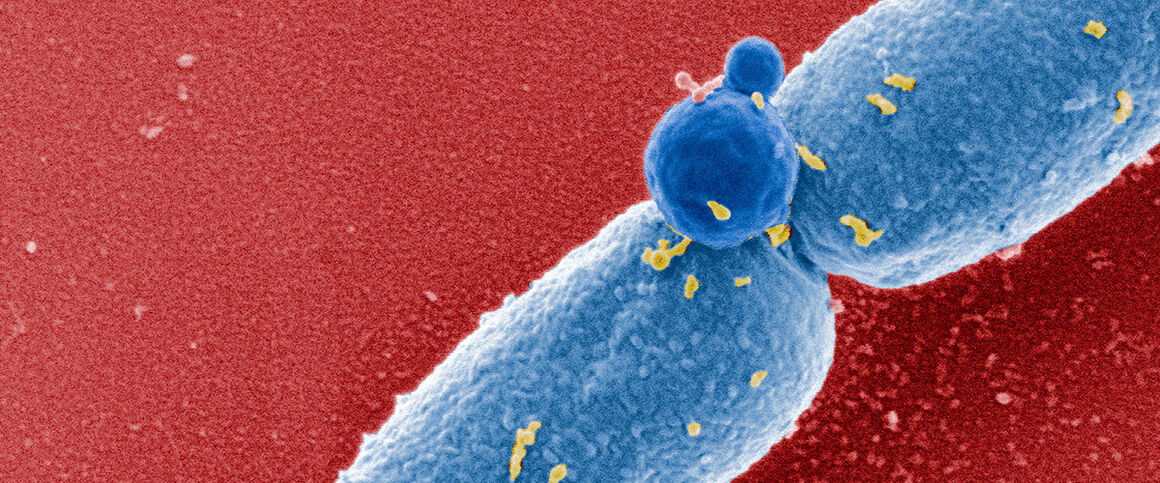Anthrax

Anthrax is a zoonotic disease (could be transferred from animals to humans) caused by the spore-producing bacterium Bacillus anthracis. Reservoirs are grass-eating animals, and the spores can survive in the environment for decades. The disease is endemic in several regions of the world, including southern and eastern Europe.
Humans may acquire the infection after exposure to spores, and symptoms appear one to seven days (up to 60 days) later. Clinical presentations include skin anthrax, lung anthrax, (with 75% death rate) and gastrointestinal forms (that may progress to blood infection and death).
Antibiotic treatment is effective if given at an early stage. Control measures include the correct disposal of dead animal: disinfection, decontamination and disposal of contaminated materials and decontamination of the environment. Protective equipment must be used by workers.
Vaccination of exposed animals and humans is required. Anthrax-related bioterrorist threats have been investigated in Europe. The agent was not confirmed, but a preparedness and response programme for attacks by biological and chemical agents (BICHAT) was developed in 2002 by the European Commission.



